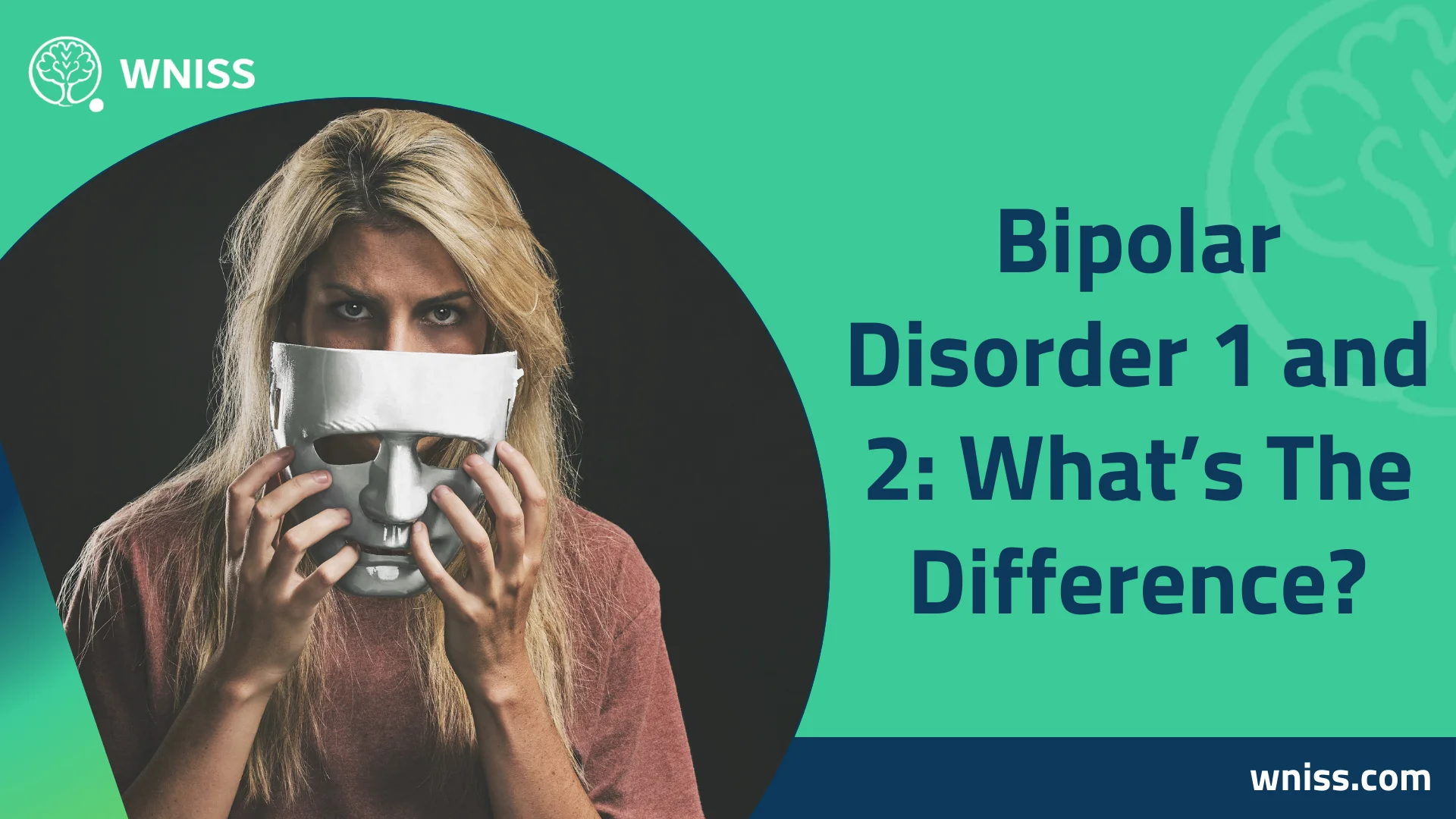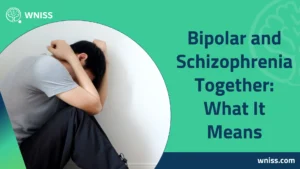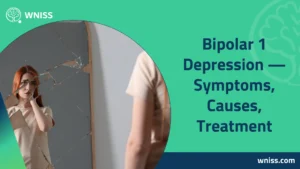When people search for bipolar disorder 1 and 2, they want clear differences they can act on—not just textbook labels. Both types involve shifts in mood, energy, and sleep, but Bipolar I includes full manic episodes that can be severe, while Bipolar II involves hypomania—less intense “highs”—and often more depression throughout the year. Knowing the split matters because it guides medication choices, therapy focus, and daily routines that keep life steady.
Bipolar Disorder 1 and 2 at a Glance
Bipolar I is defined by at least one manic episode; Bipolar II is defined by at least one hypomanic episode and one major depressive episode, with no full mania.
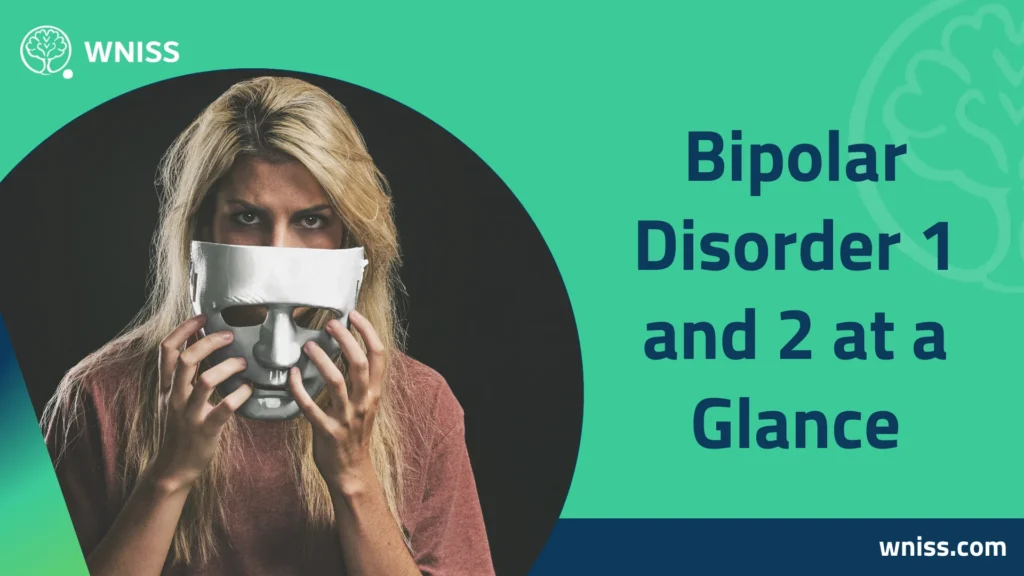
Episode height:
- Bipolar I → mania: markedly elevated/irritable mood, reduced need for sleep, increased goal-directed activity, impaired judgment; may include psychotic features or require hospitalization.
- Bipolar II → hypomania: similar but less severe, no psychosis required, and no hospitalization purely for hypomania; functioning may improve or wobble, not collapse.
Burden across the year:
- Bipolar I: more risk of acute mania episodes.
- Bipolar II: more depressive weeks, frequent mixed features (depressed yet sped-up/irritable).
Why it matters: medication choices and safety checks differ; antidepressant monotherapy is not used in Bipolar I and is contraindicated in mixed/manic states; in Bipolar II, care still centers on mood stabilizers/atypicals with careful monitoring.
Symptoms & Course
Real life rarely arrives in clean categories; watch for clusters rather than single symptoms.
Manic episode symptoms (Bipolar I “up”):
- You feel driven and invincible—or irritable and explosive. Sleep drops, speed rises, judgment slips.
- Reduced need for sleep (e.g., <4–5 hours and still energetic)
- Pressured speech, racing thoughts, distractibility
- Grandiosity, risky decisions (spending, travel, sexual risk)
- Psychotic features (grand delusions, paranoia) at peaks; urgent escalation needed
Hypomania (Bipolar II “up”):
- You’re faster, brighter, more social—until frayed sleep and impulsive choices creep in.
- Sleep drops but less extreme; productivity may spike
- Confidence/irritability rises; projects multiply
- No frank psychosis; functioning may look “too good to be true”
Depression (shared across I & II, heavier in II):
- Energy vanishes; focus and hope shrink; decisions stall.
- Low mood or loss of interest, fatigue, slowed thinking
- Sleep and appetite changes; guilt or hopelessness
- In severe cases, suicidal thoughts → escalate promptly
Mixed features (high-risk):
- Depression plus racing thoughts/irritability or speed plus dark mood—a red flag for activation-safe planning and closer follow-up.
Diagnosis & Assessment
Quality diagnosis ends with a plan you can run, not just a label. Expect a structured clinical interview that maps timeline + function + safety. Clinicians track episodes across months/years, not just today’s snapshot; the height of “up” states separates I from II.
What the visit includes:
- Timeline of sleep, energy, speech, spending, risk, and function
- Validated scales to track change (they don’t replace judgment)
- Rule-outs: thyroid disease, sleep apnea, ADHD/trauma, substances, meds that can destabilize
- Specifiers: mixed features or psychosis change urgency and medication choices
- Pregnancy/postpartum plan when relevant (perinatal psychiatry input is essential)
A 14-Day Stability Plan for Bipolar 1 and 2
This is activation-safe for both types—gentle, repeatable steps that lift function without lighting mania.
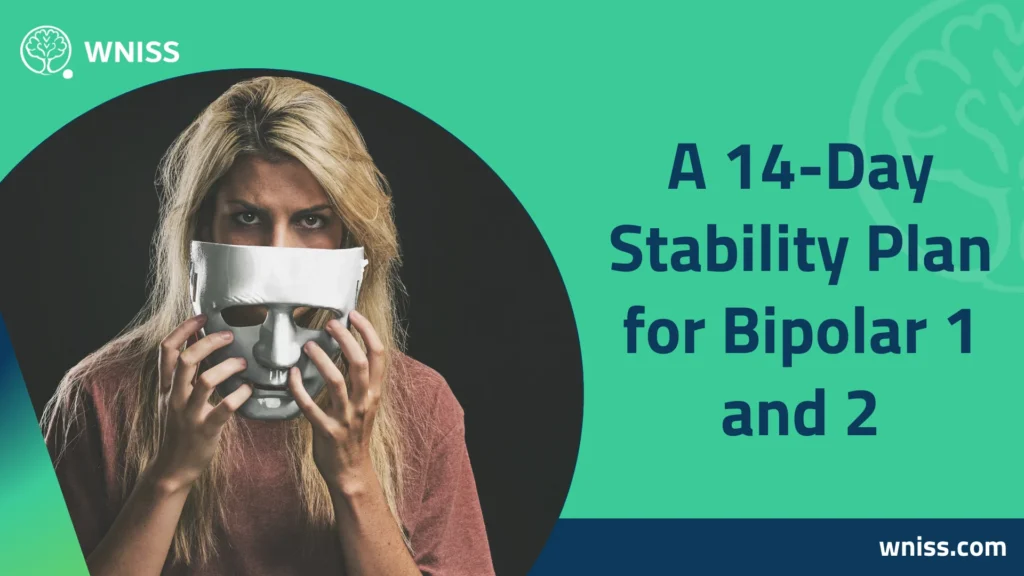
- Days 1–3 — Install anchors
- Choose a sleep window (e.g., 11:30–07:00) and hold it within ±30 minutes—even after a bad night.
- Get 10–20 minutes of morning light and add a 5–10 minute movement block.
- Start a one-line nightly log; list 3 red flags (sleep <6 h ×2 nights, racing ideas, spending surge).
- Days 4–7 — Reduce noise & rehearse wins
- Caffeine last call 8+ hours before bed; screens down 60 minutes before bed; install a wind-down (dim → hygiene → brief reading).
- Behavioral activation: 2 tiny tasks/day (5–20 min)—one self-care, one life admin.
- Opposite action: when urge = avoid, do the easiest version for 5 minutes.
- Days 8–10 — Add structure & support
- Block a daily focus hour after light/movement for the hardest task.
- Schedule two low-stakes social contacts (walk/text/coffee).
- Hold a 15-minute family/partner check-in: appreciations → what helped → one small change; confirm escalation triggers.
- Days 11–14 — Stress-test & tune
- Simulate a late meeting or travel night; keep the same wake time next morning; use light + a short walk to reset.
- Review your log with a clinician/coach; keep two habits, tweak one friction point (earlier caffeine cut, firmer wind-down).
Treatment That Works
Best outcomes come from medication + psychotherapy + rhythm protection, with weekly measurement so progress is visible.
Medication (foundation):
- Mania/mixed states (Bipolar I): atypical antipsychotics and mood stabilizers; urgent care if psychosis or unsafe behavior appears.
- Bipolar depression (I & II): options include selected atypicals and mood stabilizers (e.g., lithium optimization; lamotrigine for depressive polarity).
- Antidepressants: not used solo in Bipolar I and contraindicated in mixed/manic states; if considered in II, they’re paired with a mood stabilizer and monitored for activation (falling sleep need, racing ideas, spending surges).
- When resistant/severe: ECT is an evidence-based option and can be faster than serial med trials.
Psychotherapies with teeth:
- CBT for Bipolar: behavioral activation for lows; cognitive tools for risky predictions; activation-safety rules during “ups.”
- Interpersonal & Social Rhythm Therapy (IPSRT): stabilizes bed/wake, meals, activity blocks, social timing—the body-clock backbone that lowers relapse risk.
- Family-Focused Therapy (FFT): scripts helpful responses, reduces conflict, and writes a shared early-warning/crisis plan.
Rhythm & routine (quiet levers, big returns):
- Fixed sleep window (±30 min) and morning light within 60 minutes of waking
- Caffeine cut-off ~8 hours before bed; devices out of bed; brief daily movement
- One-line nightly log: sleep hours, mood 1–10, meds taken, one “kept promise”
How Families Can Help Without Power Struggles
When support is specific and rehearsed, it helps.
- When energy surges (I or II): Lower stimulation (light/noise), protect sleep, and use a 24-hour pause for big purchases/commitments (wait → share with an ally → re-decide).
- When mood crashes: Validate effort; offer tiny co-tasks (5–15 minutes); keep meals, movement, and bedtime steady.
- Weekly rhythm: One short repair/plan conversation (15–20 minutes) with early-warning steps everyone agrees on.
Choose Calm Over Chaos — Start Your 2-Week WNISS Reset (Online, Measured, Worldwide)
At WNISS, we turn best-practice care into small, repeatable moves you can keep on busy weeks. We begin with a fast, compassionate online assessment (episodes, sleep, triggers, goals) and hand you a plain-English plan for the next 2–4 weeks. Then we pair therapy you’ll actually use with tight routine guardrails and prescriber coordination so progress is visible, not vague.
- CBT + IPSRT sessions that end with 1–2 micro-assignments you can finish in 5–20 minutes
- Medication coordination for activation-safe choices and smart dose timing (travel/shift-work plans included)
- Dashboards you can trust: 60-second nightly logs; weekly reviews so wins compound
- Life-fit routines for parenting, study, or shift work—anchors that survive busy seasons
Ready to steady your weeks? Book a confidential session now at WNISS and start your two-week reset with a specialist by your side.
FAQs about Bipolar Aisorder 1 and 2
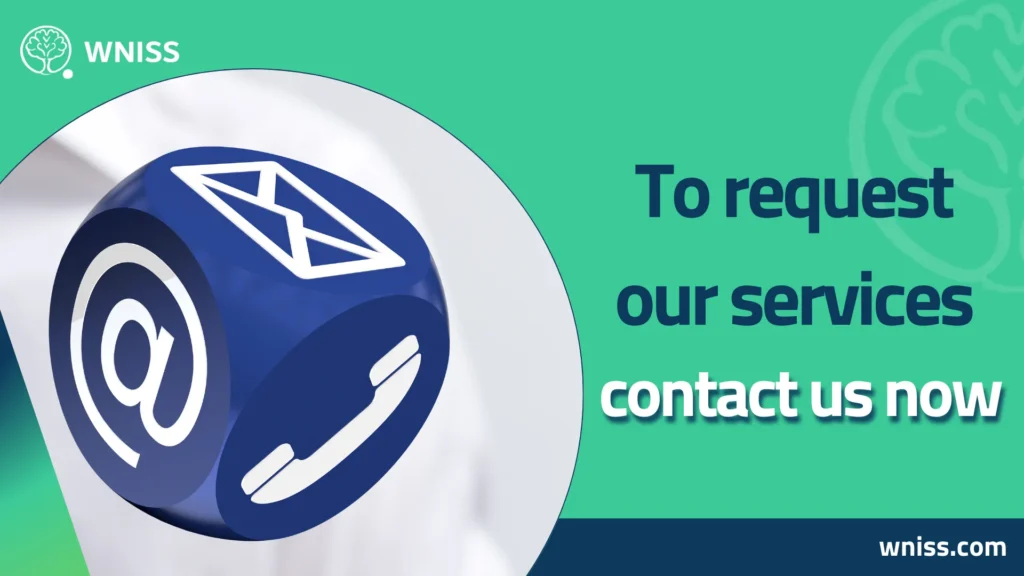
What is a bipolar 1 person like?
During mania, a person with Bipolar I may sleep very little, talk fast, and feel unusually confident or irritable; judgment can slip, and psychosis can occur. Between episodes, many feel close to baseline—especially when treatment and routines hold.
Can bipolar 2 turn into 1?
The diagnoses are based on what has happened, not on destiny. If someone with Bipolar II later experiences a full manic episode, the diagnosis changes to Bipolar I—which is why activation-safe planning matters.
Which is worse, Bipolar 1 or 2?
Neither is universally “worse.” Bipolar I has higher mania risk; Bipolar II often brings more depression across the year. Severity is individual; success comes from the right integrated plan.
How long do bipolar episodes last?
Without treatment, episodes can last days to weeks (sometimes longer). With medication, therapy, and rhythm protection, many people shorten episodes and stretch out stable months.
Are antidepressants safe in bipolar depression?
Sometimes—and typically with a mood stabilizer. Antidepressant monotherapy is not recommended in Bipolar I and is contraindicated in mixed/manic states due to switch risk.
Bipolar I and Bipolar II are closely related, but the height of the “up”—mania versus hypomania—changes everything about treatment, safety, and routines. When you treat bipolar as a system—medication for episode biology, CBT/IPSRT for skills and rhythms, family scripts for tough moments, and a simple nightly log—stability becomes a habit, not a lucky streak. Start with the 14-day plan above, tune weekly with your clinician, and let small wins stack. If you want a kind, coordinated roadmap delivered online, WNISS can help you start this month.
Medical References
- National Institute of Mental Health (NIMH). Bipolar Disorder—Overview, symptoms, and treatment.
https://www.nimh.nih.gov/health/topics/bipolar-disorder - NICE Guideline CG185. Bipolar disorder: assessment and management (adults).
https://www.nice.org.uk/guidance/cg185 - AAFP Clinical Review (2021). Bipolar disorders: evaluation and treatment (notes that antidepressant monotherapy is contraindicated in bipolar I, mixed/manic states).
https://www.aafp.org/pubs/afp/issues/2021/0215/p227.html

